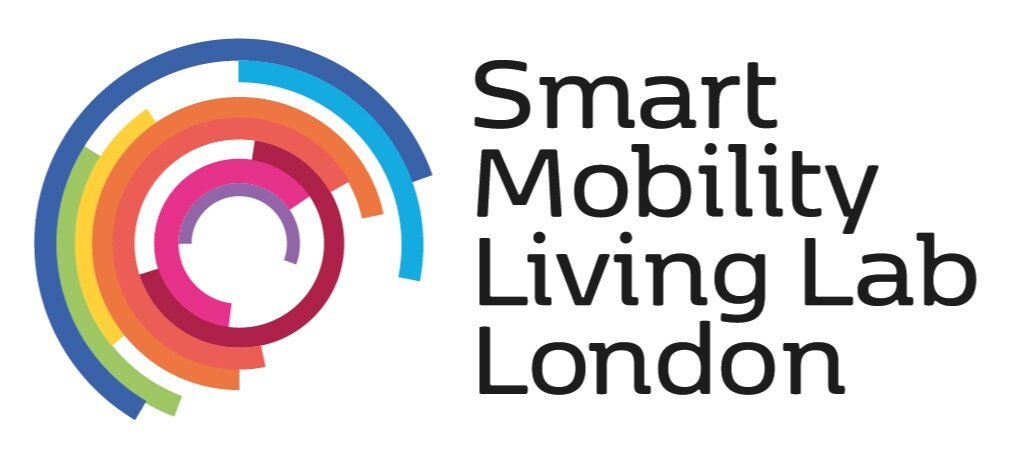HOW THE SMLL PILOT IS PUTTING CISCO TECHNOLOGY IN THE DRIVING SEAT
By JOHN KUCERNAK, HEAD OF TECHNICAL STRATEGY, CENTRAL GOVERNMENT AT CISCO
WE’VE HIT AN EXCITING MILESTONE HERE AT SMLL
Embarking on the roadside monitoring pilot serves as the launchpad for the official SMLL testbed to ensure we’re on the right track for the future of mobility.
At Cisco, we’re big believers in connectivity – unsurprisingly.
As a world leader in networking hardware and telecommunications, we’ve helped facilitate communication between businesses all around the world for over three decades. We now want to do the same between autonomous vehicles and the roads they drive on.
In this blog post, I will discuss some of the technology that will be deployed in certain use cases and how it can be adapted for the future.
From a technology perspective, this is a path well-trodden. We will be deploying Cisco bread and butter such as cameras, switches, and routers which have been used with thousands of Cisco customers before.
However, this technology will be pushed that extra mile to shape the optimum solution to make sure our roadsides have secure, intelligent networks.
SAFE AND SECURE TESTING
And of course, we must not forget that our trials need to be safe and secure.
We will be leveraging the Cisco umbrella to provide secure connectivity and solutions as well as using advance application aware firewalls and identity management solutions to effectively secure the environment.
PERCEPTIVE VEHICLES
Within the pilot, we also want to explore the triangulation and accurate location of vehicles without the reliance of Global Navigation Satellite Systems (GNSS) such as GPS.
At times when driving through a city such as London, you may find that your phone GPS loses accuracy due to multiple signals bouncing off high rise buildings.
Through the use of our cameras, access points and third-party infrastructure, we will bring a reliable solution which more accurately identifies where a vehicle is.
In the future, this could evolve into a safety use case with a notification process where vehicles are informed of any potential risks and the intentions of other vehicles around it.
Through the use of machine learning hardware, vehicles would be able to ingest different forms of data and provide warnings and information about potential risks to avoid collisions for example. Similarly, communications could be sent to other road users such as pedestrians and cyclists.
SHAPING SOLUTIONS FOR THE FUTURE
We are very excited to be on this voyage of discovery evolving the city’s transportation network.
By better understanding its impact on citizens and their digital lives, in turn, we’ll be able to future proof our solutions and improve on them.
Our goal is to be part of the force that transformed London into a truly smart city.
And helping bring CAVs to the capital will be a significant step towards making that happen.
